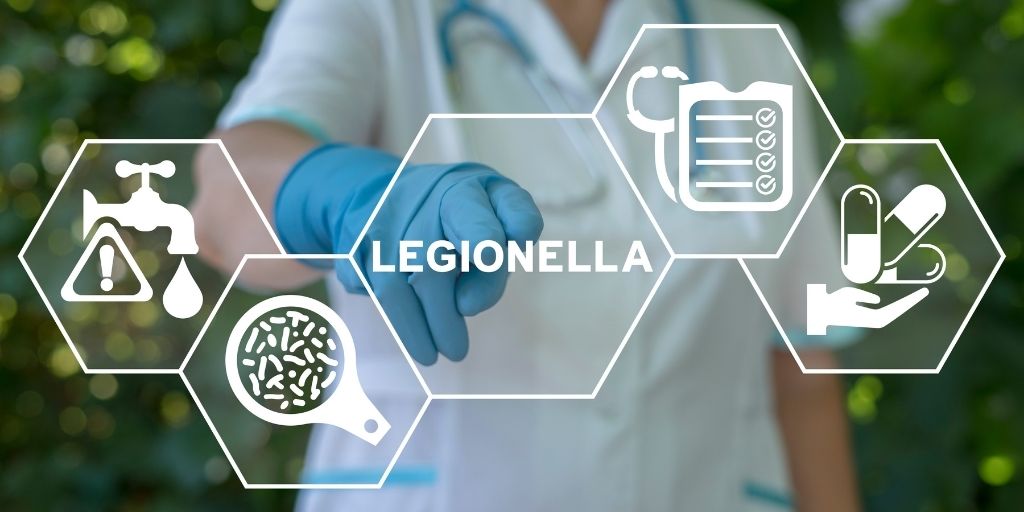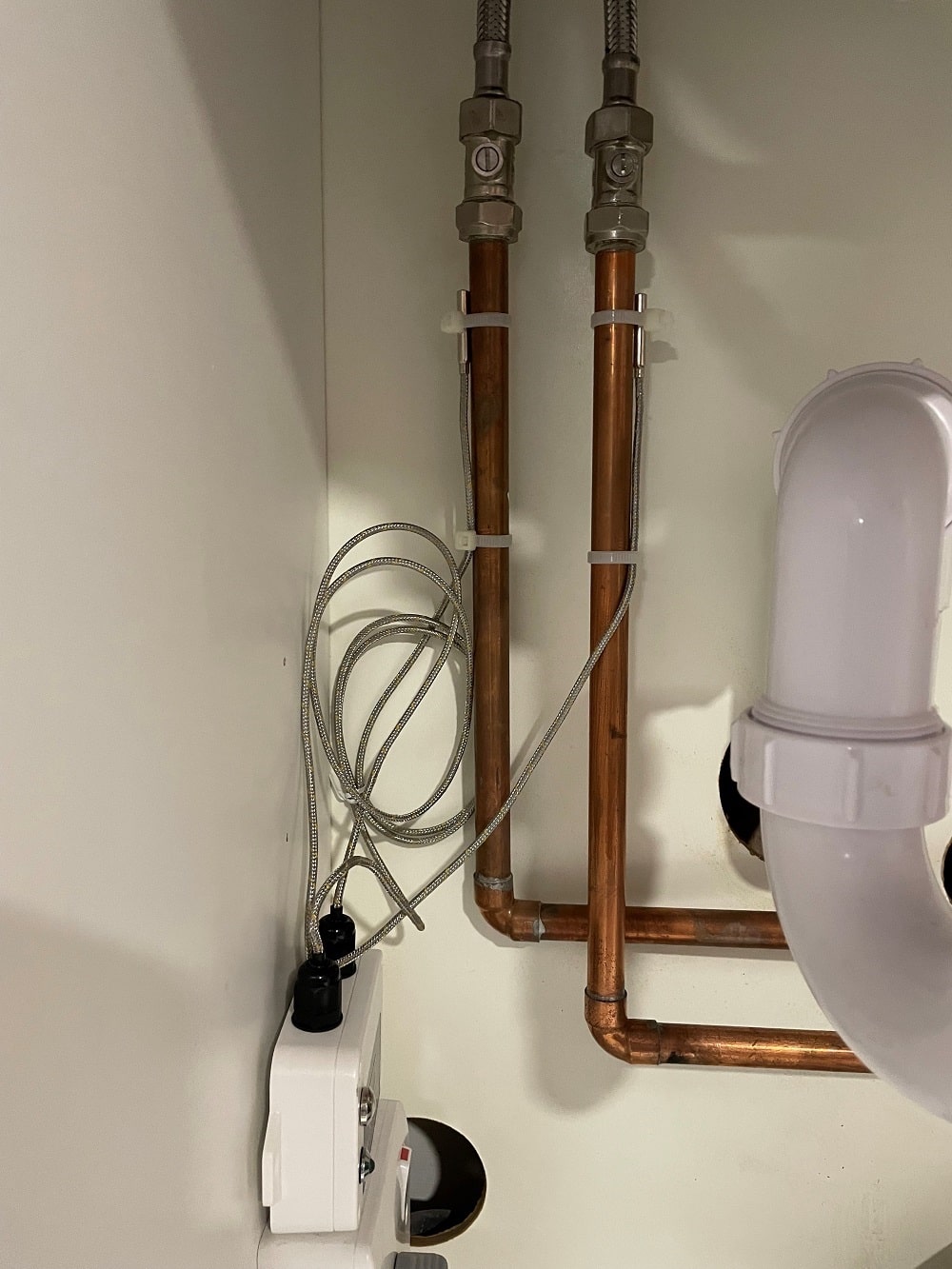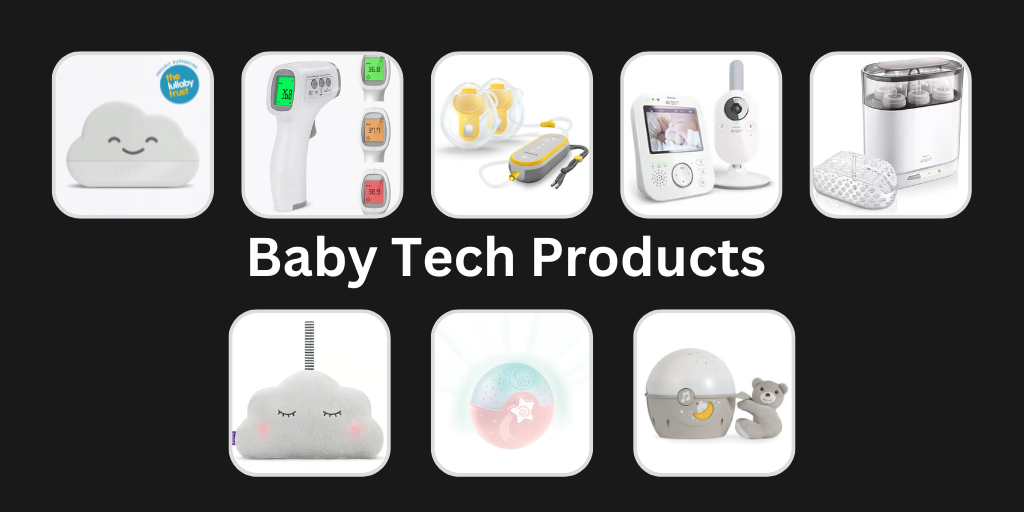
Organisations across the UK are being held accountable by the UK’s Health and Safety Executive (HSE) to prevent the growth of legionella and other known pathogens in fresh water systems. Healthcare and hospitality are especially under pressure here. But, to achieve and demonstrate successful prevention, many organisations need to allocate a substantial amount of time, effort and expense.
Automation, digitisation, the internet of things and cloud applications can help drive effective change in this space; to improve health and safety, and to help support the existing control and prevention methods that organisations have adopted. Chris Potts, Marketing Director, ANT Telecom explains.
The risk of legionellaLegionella bacteria is found naturally in freshwater environments and can become a health risk in man-made water systems when it is allowed to grow and spread, increasing the risk of Legionnaires’ disease. This generally takes place when water remains stagnant and at certain optimal temperatures that propagate legionella growth. The NHS describes the disease as a lung infection caused by inhaling droplets of water containing the legionella bacteria, and is likened to a severe pneumonia by some.
When people become infected, it’s usually from an array of scenarios. These include purpose built systems where water is maintained at a high temperature, through equipment like a cooling tower; hot and cold water systems used; air conditioning systems; humidifiers; spa pools and hot tubs.
These types of systems are installed across many industries; like healthcare, care homes and hospitality, all of which have to demonstrate good processes are in place to prevent legionella growth within their water systems. Especially since they are accountable for protecting large numbers of people who access their services.
Employers are responsible for mitigating riskTo mitigate risk, employers are responsible for implementing the necessary checks and measures to prevent legionella growth. Not doing so could result in a significant fine or prison sentence under either the Health and Safety at Work Act 1974, or the Control of Substances Hazardous to Health Regulations 2002, should an incident occur.
The lengths that an employer needs to go to, to mitigate risk, totally depends on the water system they have in situ: how it is used and what potential risk users can be exposed to? This naturally varies from business to business, so the first step is to undertake is a risk assessment, as this will not only detail what the potential risks are, but outline the ongoing measures that must be implemented to manage and control them. In some industries, like in healthcare, the amount of resource required to prevent legionella growth is quite staggering.
The resource problem: unproductive and inaccurate manual checks, and paper-based recordingWhen practically managing this problem, many hospitals or hotels often use an employee to manually check the temperature of key parts of their water systems on a weekly basis, and to flush water systems appropriately. This can include checking many pipes, water tanks and buffer vessels – what is more, some outlets may require water flushing twice per week, depending on the requirement, and additional weekly temperature checks too. All of this work also needs to be recorded accurately and time stamped to show that it has been executed correctly, and according to HSE requirements.
This recording and reporting normally takes place via a paper-based system, which is not ideal or efficient in today’s digital era. As you can imagine, manually checking and flushing each tap or outlet demands a lot of resource and is labour intensive too. To make this problem more troublesome, many cold water storage tanks, and the related buffer vessels that need checking, are often located in places that are not always easy to access, making it difficult to record water temperature, and the status of these parts, quickly and easily.
While a manual approach makes sense, and is quick and easy, for one or two taps, what happens when this task load increases to around 2000 plus taps, for example within a hospital? The time it takes to check, run the water, record the information, and draft the supporting reporting skyrockets and can create enough work for 3-5 full time personnel, depending on the complexity of the water system. This time spent gets worse when it spans 300 sites in the case of a large hotel chain, for example, that has outlets as well as other water systems, like spas, to monitor and control. This approach is not productive, and paper-based recording is likely to deliver inaccurate measurements and data to management teams.
Another factor to consider is that in some cases flushing water systems can actually compete against sustainability agendas, even if advised by the HSE. There must be a be a more effective way, that does not require high demands on human resourcing, during a time when the NHS and hospitality sectors are facing talent shortages. Surely employee time would be better spent looking after patients and guests – or in deploying them within other areas of the organisation where value could be added?
Succeeding with IoT & automationThis is where digitisation and automated monitoring solutions, with wireless IoT sensors, are enabling hospitals, hotels and other organisations to improve processes, as they strive to meet HSE requirements.
When installed, these highly sensitive sensors can record when taps and showers have been used through normal daily use – for example, measuring the temperature of pipes to ensure legionella does not grow, or checking when water has been run. Information tracked is automatically uploaded to a secure online portal. Teams can access this data from a web browser on a PC, laptop or smartphone.
Management can then refer to this data and gain a true view of the water temperature / usage across all of their water outlets and storage tanks in real-time, centrally. Reporting can be easily produced and show which taps have or haven’t been used through normal daily use, thereby minimising the amount of work that needs to be done manually (e.g. flushing taps, recording temperatures).
This modern approach also significantly reduces the traditionally high amount of administration, paperwork and reporting required, as it can be done automatically. Another key benefit for organisations and management teams is that all the data recorded is 100% accurate and reliable. Which isn’t always the case when done manually. Taps also don’t need to be run for more than the required five minutes, on such a large scale, as would have previously been required. This helps organisations save water, energy and contribute to a more environmentally friendly process.
ConclusionThe traditional manual, paper-based systems that were used to support legionella risk assessments had their place and time. IoT, automation and the digitisation of processes is enabling organisations to achieve accurate health and safety gains that were previously unachievable only a few years ago. By trialling newer automated monitoring solutions, that make use of IoT, legionella prevention can be more effectively managed, protecting both people and driving productivity gains more steadily too.










